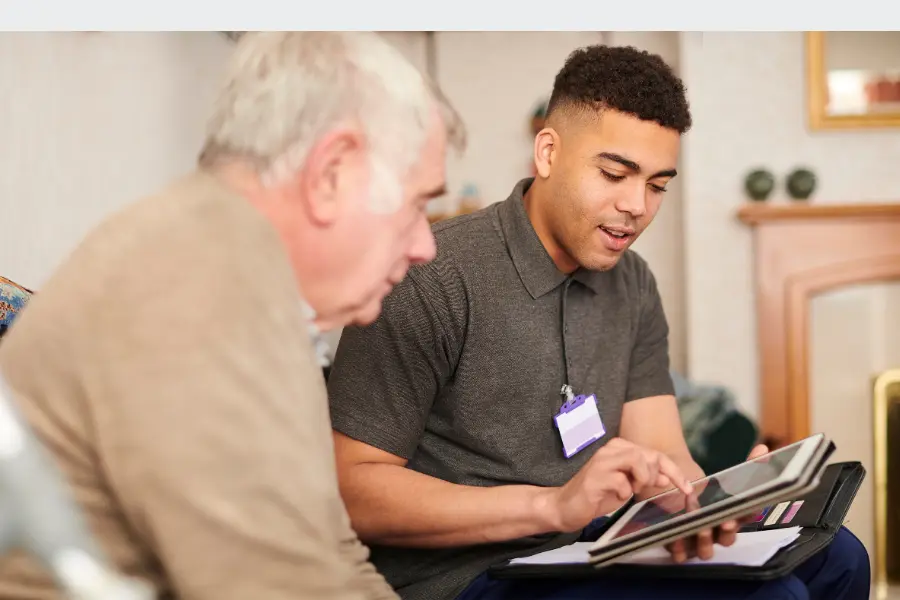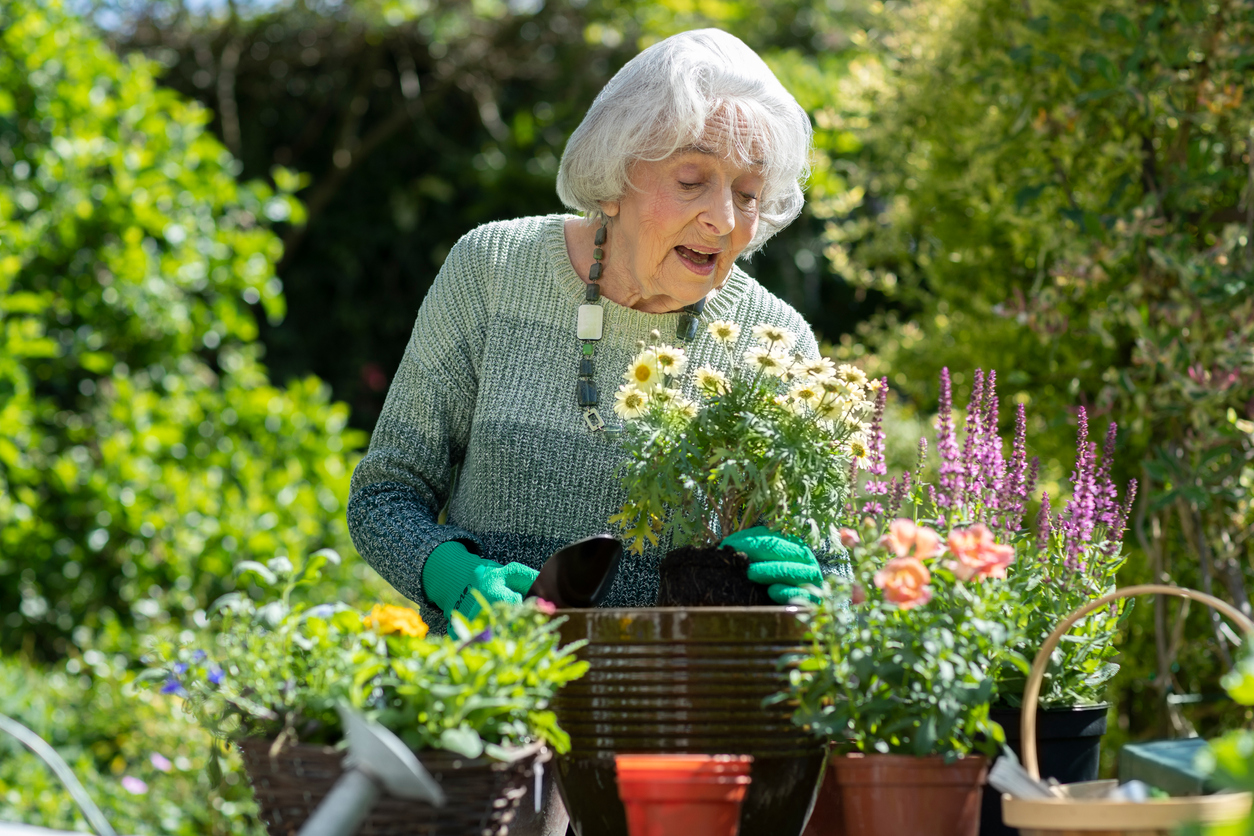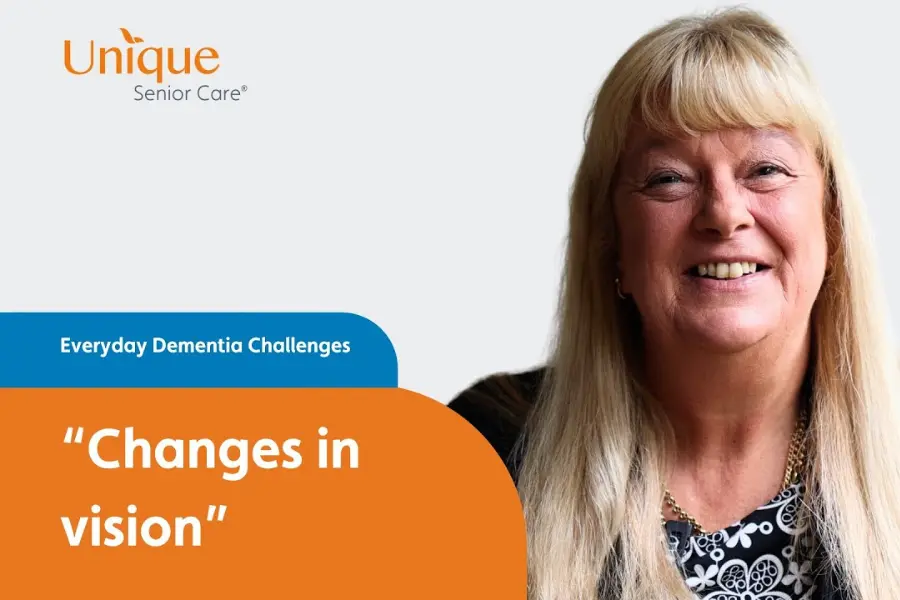The recent Sky News report on a concerning incident involving an introductory care agency highlights the risks that can arise when care services lack regulation. For those of us who work in the care sector, the story is a reminder of why proper procedures, regulations, and oversight are crucial.
In this case, Sarah and her family sought support through an introductory agency, hoping for professional and reliable care for her father. However, the Caregiver assigned by the agency sent someone else in her place – a person who had no care experience.
We wholeheartedly believe that incidents like the one reported would not be able to happen under the care of a quality, fully-managed service. With stringent processes, thorough training, and ongoing personal oversight, we ensure that the safety and quality of care are maintained consistently.
The Risks of Unregulated Care
Imagine trusting a stranger to come into your loved one’s home, handle intimate personal care and medication on the assumption that they were a professional Caregiver. This was the situation faced by the family in the recent Sky News report.
The family soon realised that the Caregiver’s competency was not as expected. Despite raising concerns, it took several weeks to uncover that the person providing care was not who they claimed to be.
In this instance the live-in Caregiver had no experience in handling catheters, understanding of medication schedules, and no face-to-face guidance from a care management team. Such was the risk to the client that the agency immediately raised a safeguarding concern and, together with the family, reported the incident to the police.
The Role of Regulation and the CQC
In regulated care services, the Care Quality Commission (CQC) plays a vital role in ensuring the safety and quality of care. Regulated providers are required to meet stringent standards, which include comprehensive training, compliance checks, and ongoing supervision.


Caregivers undergo face-to-face assessments, and Care Managers conduct regular visits to ensure that the individual receiving care is safe, and their needs are being met.
In contrast, introductory agencies, like the one involved in this case, operate differently. They match self-employed Caregivers with families but are not required to provide training, supervision, or oversight. While they must verify basic eligibility, such as the right to work in the UK, they are not regulated by the CQC. This means families rely solely on the information provided by the Caregiver or agency without the safeguards that come with regulated care.
This case highlights the risks that can arise in care settings where formal oversight and regulation are not in place, emphasising the importance of understanding how different care models work and what is involved, as many families are unaware of these distinctions.
Why Regulated Care Is Different
As a regulated care provider, we firmly believe that with our processes and frequency of face-to-face contact, these events would never be allowed to happen. Every aspect of care is carefully planned, verified, and continuously monitored to ensure safety and comfort.
It begins with the care plan – a fully written document crafted by a highly experienced Care Manager after a thorough face-to-face consultation. This consultation isn’t just a tick-box exercise; it’s an in-depth discussion about the client’s medical needs, personal preferences, routines, likes, dislikes, and more. The resulting care plan ensures that the service provided is tailored precisely to the client’s unique needs.
Meticulous Matching of Caregivers


In the instance of a stroke survivor, for example, we would carefully choose a Caregiver with experience in supporting clients with similar needs, which may include catheter care, medication administration, and rehabilitation, depending on the specific requirements of the individual.
This personalised approach ensures that care is not only safe and effective but also completely tailored to the situation, giving clients the confidence that they are in capable hands and that their well-being truly matters. Wherever possible, our Caregiver profiles include a short video so that families can get to know not just their technical competence but their personalities too.
Training and Validation – A Key Difference
All regulated care providers must ensure their Caregivers are properly trained and vetted in accordance with The Care Certificate – a nationally recognised set of standards for health and social care workers that covers fundamental skills and knowledge needed to provide safe and effective care.
In contrast, unregulated providers do not have to provide this. The live-in Caregiver in this instance had received no training from the provider, having only had online communication.
In alignment with CQC guidelines, we conduct thorough compliance checks before training, verifying identity, right to work, and full disclosure and barring checks. After these checks, our live-in Caregivers take part in a five-day face-to-face training programme, covering everything from first aid and condition-specific care to medication administration and mobility support.
The aim is to assess and thoroughly prepare Caregivers so they are ready to provide safe and effective care.
Face-to-Face Visits for Quality Assurance
Once care starts, our Care Managers conduct multiple face-to-face visits to ensure a smooth start and address any issues that may arise.
On day one, the Care Manager attends to introduce the Caregiver and client, assess compatibility, and confirm that everything is as it should be. They’ll then return on day seven to evaluate how the care is progressing, adjust the care plan if needed, and ensure the client feels comfortable and confident.
With these contact measures in place, any instance of mistaken identity or lack of technical competence would be quickly identified. These early visits are essential touchpoints that allow us to ensure the care in place has the strongest foundations for success.
Ongoing Support and Regular Reviews
The ongoing support doesn’t stop after the initial visits. One of the biggest areas of risk with unregulated care is the amount of responsibility that falls on the family, who may have no prior experience with care or an understanding of what best practice looks like.


Unlike introductory agencies, where families may be left to manage everything themselves, our clients have a dedicated Care Manager and a wider support team. At every stage, clients and their families have someone they can turn to for answers, support, and reassurance.
The input from an expert is crucial to ensuring that care is always safe, effective, and responsive to changing needs. We also conduct a formal three-month review to evaluate the Caregiver’s performance and the client’s satisfaction, making sure that the care remains consistent and high-quality.
This process not only catches any potential issues as they arise but also allows us to celebrate what’s working well – something just as important for maintaining morale and ensuring both Caregiver and client satisfaction.
Continuous Communication
In a regulated care environment, communication is key. Clients and Caregivers have multiple touchpoints with our team – both face-to-face and over the phone – to ensure everything is progressing smoothly.
This isn’t just about logistics; it’s about building strong relationships. Open communication is the backbone of quality care. When clients and their families know they can reach out at any time and speak to someone who genuinely cares, it provides a level of safety and reliability that is often harder to achieve in unregulated settings.
Peace of Mind Through Regulation
The overarching theme here is peace of mind. With a regulated provider, families can rest assured that every Caregiver who enters their loved one’s home has been extensively trained, vetted, and assessed. They know that care is not left to chance – it is meticulously planned and continuously reviewed. This level of oversight and commitment keeps clients safe and comfortable, giving families confidence in the care their loved ones receive.
For Sarah, whose father has now transitioned to fully managed care after this experience, the contrast is clear. Reflecting on her experience, she said:
“The difference is beyond measure. Clare, the local service manager, came to see us and took copious notes, together with a copy of my own care plan. She asked all about the family, my father, and his likes and dislikes. Every detail of his life was there for the carer to follow, so it was as if she had always been there straight away.”
This personalised, hands-on approach demonstrates the difference in regulated care. The investment in training, supervision, and management explains the variation between regulated providers and other models, such as introductory agencies. Understanding these distinctions is vital for families to make an informed decision when choosing the care provider that is right for them.
The Importance of Choosing Regulated Care


If you would like to speak to us in more detail about the differences between regulated and unregulated services and what this means for your care, please get in touch with our friendly expert team. We want to make sure you get exactly the right care that offers you and your family safety, peace of mind, and the support needed to live comfortably and confidently at home.
Chloe joined us in early 2024 as our content manager. Having earned a first-class degree in digital marketing and spending more than six years in public relations, she’s well-placed to shape informative content and heartfelt stories that help inform our clients and connect them with the care they need.
Having worked across a multitude of different industries before care, Chloe’s passion lies in the meaningfulness of her work – from creating content that guides clients through their care journey to helping Caregivers find a rewarding new role.
At Unique, Chloe finds fulfilment in our supportive culture and the heart-warming stories from both clients and carers that highlight the impact of our services.



